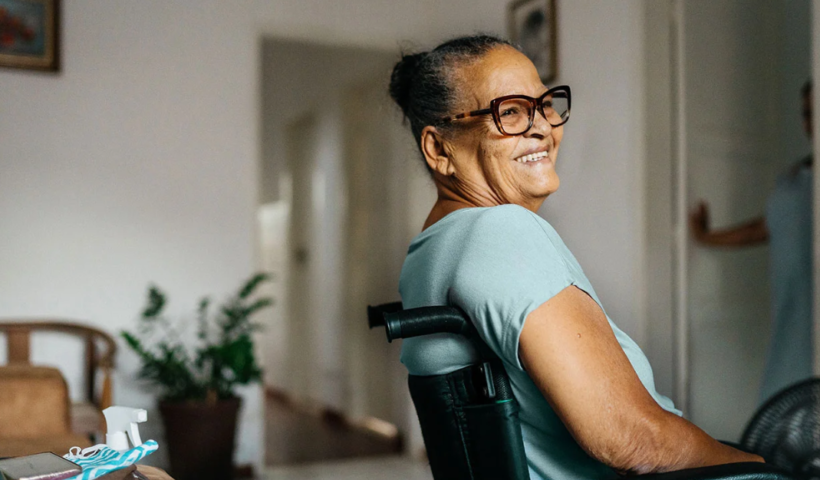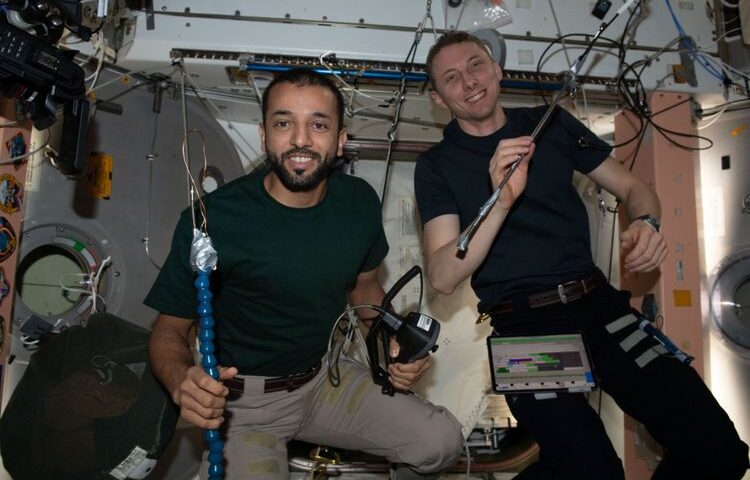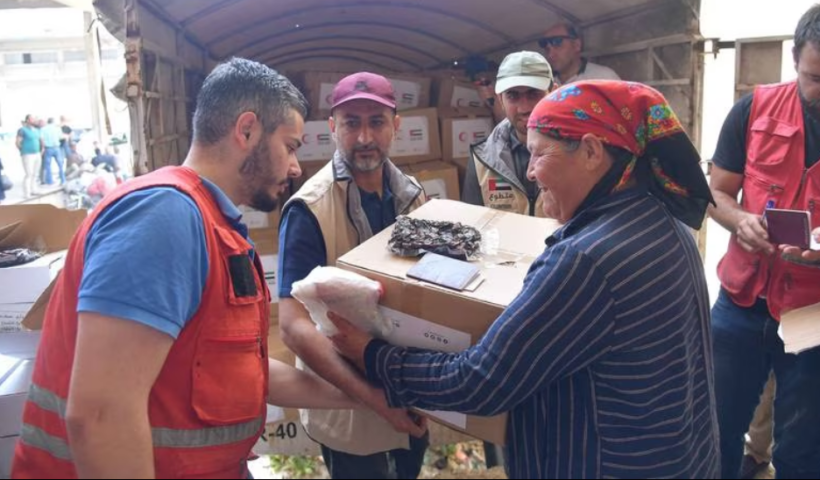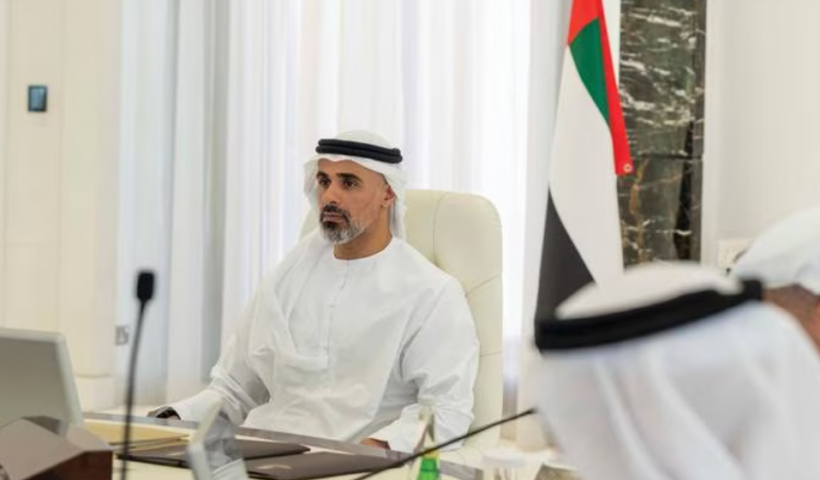What is a whole-foods, plant-based diet?
There is no clear definition of a what constitutes a whole-foods, plant-based diet (WFPB diet). The WFPB diet is not necessarily a set diet — it’s more of a lifestyle.
This is because plant-based diets can vary greatly depending on the extent to which a person includes animal products in their diet.
Nonetheless, the basic principles of a whole-foods, plant-based diet are as follows:
- emphasizes whole, minimally processed foods
- limits or avoids animal products
- focuses on plants, including vegetables, fruits, whole grains, legumes, seeds, and nuts, which should make up the majority of what you eat
- excludes refined foods, like added sugars, white flour, and processed oils
- pays special attention to food quality, with many proponents of the WFPB diet promoting locally sourced, organic food whenever possible
For these reasons, this diet is often confused with vegan or vegetarian diets. Yet although similar in some ways, these diets are not the same.
People who follow vegan diets abstain from consuming any animal products, including dairy, meat, poultry, seafood, eggs, and honey. Vegetarians exclude all meat and poultry from their diets, but some vegetarians eat eggs, seafood, or dairy .
The WFPB diet, on the other hand, is more flexible. Followers eat mostly plants, but animal products aren’t off limits.
While one person following a WFPB diet may eat no animal products, another may eat small amounts of eggs, poultry, seafood, meat, or dairy.
It can help you lose weight and improve your health
Obesity is an issue of epidemic proportions. In fact, it’s estimated that nearly 31% of adults have overweight, while over 42% have obesity.
Fortunately, making dietary and lifestyle changes can facilitate weight loss and have a lasting impact on health.
Many studies have shown that plant-based diets are beneficial for weight loss.
The high fiber content of the WFPB diet, along with the exclusion of processed foods, is a winning combination for shedding excess pounds.
A review of 12 studies that included more than 1,100 people found that those assigned to plant-based diets lost significantly more weight — about 4.5 pounds (lbs), or 2 kilograms (kg), over an average of 18 weeks — than those assigned to non-vegetarian diets
Adopting a healthy plant-based eating pattern may also help keep weight off in the long run.
A study in 65 people with overweight or obesity found that those assigned to a WFPB diet lost significantly more weight than the control group and were able to sustain that weight loss of 25 lbs (11.5 kg) over a 1-year follow-up period .
However, it’s unclear whether the control group received nutrition advice or made any changes to their diet
Regardless, simply cutting out the processed foods that aren’t allowed on a WFPB diet like soda, candy, fast food, and refined grains is a powerful weight loss tool itself .
It benefits a number of health conditions
Adopting a whole-foods, plant-based diet not only benefits your waistline, but it can also lower your risk and reduce symptoms of certain chronic diseases.
Heart disease
Perhaps one of the most well-known benefits of WFPB diets is that they are heart-healthy.
However, the quality and types of foods included in the diet matter.
A large study in over 200,000 people found that those who followed a healthy plant-based diet rich in vegetables, fruits, whole grains, legumes, and nuts had a significantly lower risk of developing heart disease than those following non-plant-based diets
However, less nutritious plant-based diets that included sugary drinks, fruit juices, and refined grains were associated with a slightly increased risk of heart disease
Similarly, several other studies suggest that people following a healthy plant-based diet may have a lower risk of heart disease compared to meat eaters
Consuming the right kinds of food is critical for heart disease prevention when following a plant-based diet, which is why adhering to a WFPB diet is the best choice.
Cancer
Research suggests that following a plant-based diet may reduce your risk of certain types of cancer.
A study in over 76,000 people found that following a healthy plant-based diet could be associated with a lower risk of breast cancer Similarly, another recent study showed that greater consumption of nutritious plant-based foods was linked to a lower risk of aggressive forms of prostate cancer, especially in men under 65 years
Furthermore, a 2022 review concluded that plant-based diets could be tied to a lower risk of digestive system cancers, including pancreatic, colon, rectal, and colorectal cancers
Cognitive decline
Some studies suggest that diets rich in vegetables and fruits may help slow or prevent cognitive decline and Alzheimer’s disease in older adults.
Plant-based diets have a higher number of plant compounds and antioxidants, which may help slow the progression of Alzheimer’s disease and reverse cognitive deficits, according to some test-tube and animal studies
In many studies, higher intakes of fruits and vegetables have been strongly associated with a reduction in cognitive decline.
A review of nine studies including over 31,000 people found that eating more fruits and vegetables led to a 20% reduction in the risk of developing cognitive impairment or dementia
Other studies in older adults have found that plant-based eating patterns may be associated with a reduced risk of cognitive impairment, along with a slower decline in brain function
Diabetes
Adopting a WFPB diet may be an effective tool in managing and reducing your risk of developing diabetes.
A study in more than 200,000 people found that those who adhered to a healthy plant-based eating pattern had a 34% lower risk of developing diabetes than those who followed unhealthy, non-plant-based diets
Another study demonstrated that plant-based diets could be beneficial for the prevention of type 2 diabetes, especially when they included nutritious plant-based foods like fruits, vegetables, whole grains, nuts, and legumes .
Plus, plant-based diets have been shown to improve blood sugar control, body weight, and cholesterol levels in people with diabetes















:quality(70)/cloudfront-eu-central-1.images.arcpublishing.com/thenational/MPTYOYPJ6NFKVP4F6YTHXHWJIQ.jpg)




